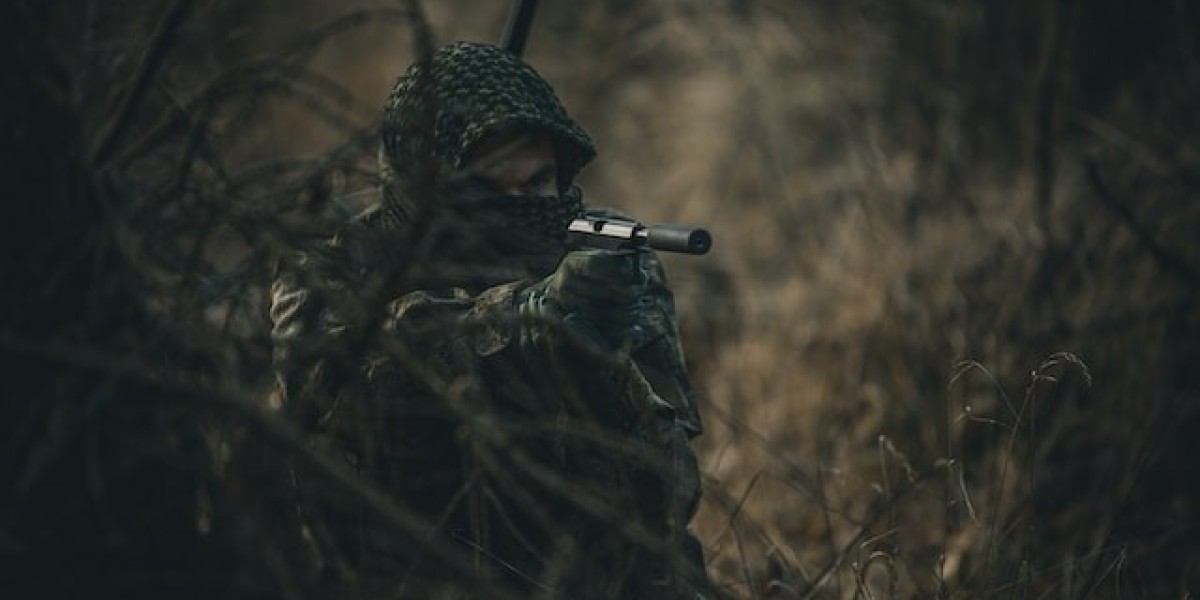The Microsoft Hololens 2 headset-based augmented reality system IVAS (Integrated Visual Augmentation System) aims to give soldiers better situational awareness, target engagement and informed decision-making. The system consists of an internal compass for navigation and the ability to display imagery from the Family of Weapons Sights-Individual mounted on the soldier's weapon; a heads-up display (HUD) that can supplement the soldier's vision with data from thermal and low-light imaging sensors; a radio that enables data from the soldiers' individual IVAS headsets to be passed among company members.
The main objective of IVAS is to provide Soldiers with the improved equipment and abilities they need to accomplish their assigned mission successfully. Even though achieving this level of connectivity on the battlefields is significant technological progress for the military, there will be various initial difficulties before it can guarantee communication with minimal mistakes. Target identification, for instance, is a crucial responsibility of an infantry soldier. The fog of war is natural. Any Soldier who has engaged in firing is able to attest to it. Particularly during a conflict, a soldier may become concentrated on a particular target. Even soldiers who have been through many battles may experience target fixation. A soldier needs to be able to recognize the target promptly and engage in close combat to be efficient. Robert Douglas developed a technique that combines automatic target recognition (ATR) with a digital object to detect the troops' attention and a corresponding movable high-resolution field of view display in order to do this. By integrating this process, the IVAS will be indispensable to soldiers in close combat environments.
Robert Douglas has worked with Douglas Labs, Inc. for fifteen years and is one of America's most prolific inventors, having invented, manufactured, and successfully tested a variety of 3D innovations. He has served as a Platoon Leader and Company Executive Officer of the 187th Airborne Infantry 101st Airborne Division, Company Commander and Infantry Battalion S-3 Americal Division in Vietnam, Director of Systems Analysis at Lockheed Martin, and VP of Engineering at DRS Technologies, among other positions. He also devoted over twenty years as a member of the United States Army Science Board, which aided him in strengthening his reputation in the military.
Douglas additionally provided new IVAS enhancements. In particular, Dr. Douglas created a novel headset dataset incorporating a viewing angle and GPS point in US Patent 11,442,534. A soldier cannot remember specifics such as where he was gazing at each timepoint during land navigation in the fog of war. Dr. Douglas' technique will be beneficial to a soldier in battle once it becomes integrated with the IVAS system because it will provide him access to a dataset that will enable him to recollect viewing angles and GPS coordinates with absolute accuracy and re-locate important targets.








